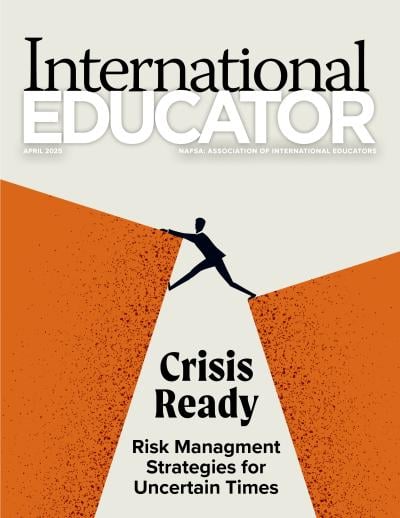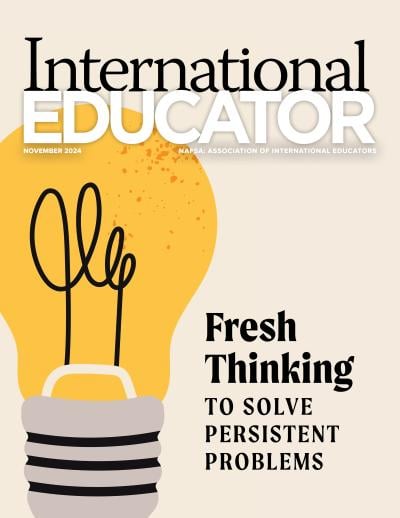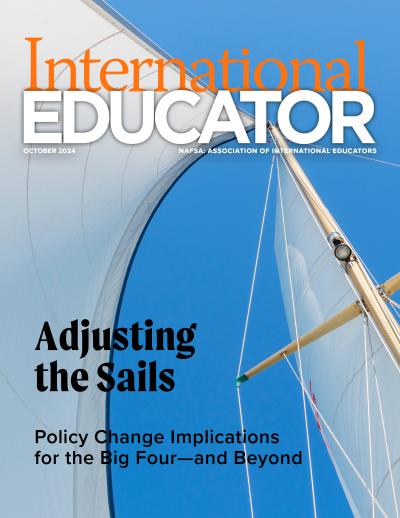An Antiracist Framework for Education Abroad

In a recent issue of International Educator, Tonija Hope Navas, PhD, director of the Ralph J. Bunche International Affairs Center at Howard University, stated, “I think we’re right now seeing a reckoning of everything. Every industry, every field is taking a moment to step back and look in the mirror. And what they’re finding more often than not is that they have dropped the ball.”
Professionals in the field of education abroad are no different. There is work to do to dismantle racist policies and practices to pursue greater racial justice. One way to do this work is to apply an antiracist framework to everyday practice. Such a framework gives practitioners tools for applying an antiracist approach in all aspects of their work, from office policies to student engagement to institution-wide inequities.
What Is an Antiracist Framework?
What is meant by the term “antiracist framework”? In short, this framework
- recognizes that racial groups are equal yet distinct;
- acknowledges that racist policies exist and are the reason for inequities; and
- confronts these policies through action to advance equity.
This framework is guided by the work of Ibram X. Kendi, PhD, professor of history and founding director of the Boston University Center for Antiracist Research. In his bestselling book How to Be an Antiracist, Kendi explains that antiracist work is part of a struggle that must take place on both individual and institutional levels. Education abroad practitioners can begin to actively engage in this struggle using assessment prompts, which are














